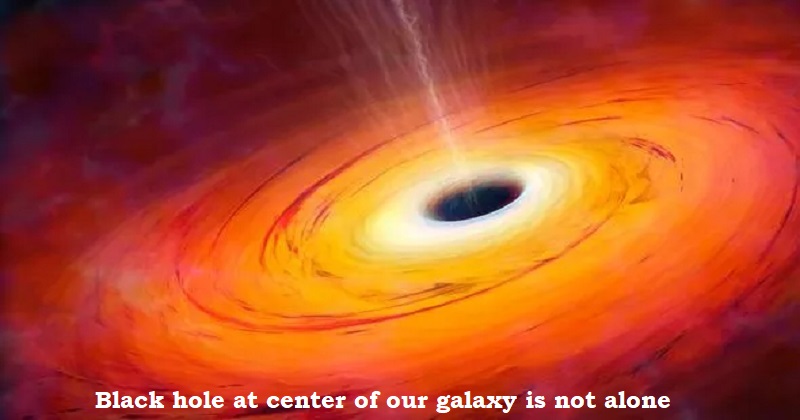
Astronomers have discovered an object orbiting the black hole at the centre of the Milky Way Galaxy. The evidence points to a gas bubble hot spot around the Sagittarius A*, which may provide additional insight into the dynamics of the puzzling entity.
When a star dies, its strong gravitational field causes matter to be forced into a small space beneath it, trapping the light from the deceased star. This process creates a black hole. The mass is compressed into a very small space, which is why gravity is so strong. People cannot perceive black holes because no light can escape from them.
During the campaign by the Event Horizon Telescope, which initially captured the image of the black hole, researchers used the Atacama Large Millimeter/submillimeter Array (ALMA) in the Chilean Andes to make the most recent observation of the black hole at the centre of our galaxy.
‘We believe we are seeing a hot gas bubble whirling around Sagittarius A* in an orbit that is roughly the same size as Mercury’s but completes a full circle in only about 70 minutes. This calls for a staggering speed of around 30% of the speed of light!’ from the Max Planck Institute for Radio Astronomy, Maciek Wielgus.
The researchers, in a paper published in Astronomy & Astrophysics, reported about the polarized light curves of the Galactic Center supermassive black hole Sagittarius A*. The hot gas bubble was detected in some observations that were done shortly after a burst or flare of X-ray energy was emitted from the center of our galaxy picked up by the Chandra Space Telescope.

Post Your Comments